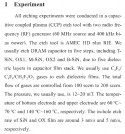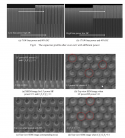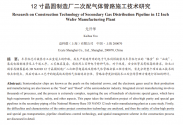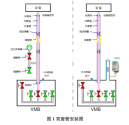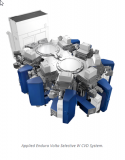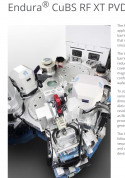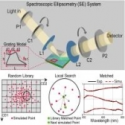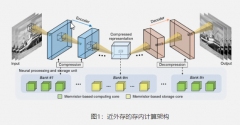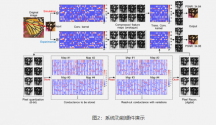SiC epitaxial equipment manufacturer Core III Semiconductor plans to IPO
Recently, Haitong Securities Co., Ltd. issued an announcement on the initial public offering of shares and listing guidance filing of Core III Semiconductor Technology (Suzhou) Co., Ltd. The announcement shows that Haitong Securities has signed a listing guidance agreement with Core III Semiconductor Technology (Suzhou) Co., Ltd. on January 30, 2024.

Core III Semiconductor is committed to the research and development and production of semiconductor-related professional equipment. It is currently focusing on the third-generation semiconductor SiC-CVD equipment and strives to provide the industry with advanced and competitive mass production equipment. SiC-CVD equipment is used for the growth of homogeneous single crystal thin film epitaxial layers on silicon carbide substrates. SiC epitaxial wafers are mainly used to manufacture power devices such as Schottky diodes, IGBTs, MOSFETs and other electronic devices.
In terms of financing, Core III Semiconductor has received support from 5 rounds of financing before this , of which the financing amount in December 2021 and June 2023 reached over 100 million yuan and tens of millions of yuan respectively .
According to online news, on March 29, 2023, as a representative of science and technology innovation enterprises in Jiangsu Province, Chip III appeared on CCTV News Broadcast. In the second half of 2023 , the 8-inch vertical air flow epitaxial equipment independently developed by Core III has helped two customers successfully complete the debugging of the 8-inch SiC epitaxial process and deliver the first batch of 8-inch epitaxial wafer orders, thus proving that domestic epitaxial equipment is not only in 6 It has achieved breakthroughs in 8-inch SiC, and has also made breakthrough progress in 8-inch SiC, especially in terms of defect rate indicators.

Core III Semiconductor is committed to the research and development and production of semiconductor-related professional equipment. It is currently focusing on the third-generation semiconductor SiC-CVD equipment and strives to provide the industry with advanced and competitive mass production equipment. SiC-CVD equipment is used for the growth of homogeneous single crystal thin film epitaxial layers on silicon carbide substrates. SiC epitaxial wafers are mainly used to manufacture power devices such as Schottky diodes, IGBTs, MOSFETs and other electronic devices.
In terms of financing, Core III Semiconductor has received support from 5 rounds of financing before this , of which the financing amount in December 2021 and June 2023 reached over 100 million yuan and tens of millions of yuan respectively .
According to online news, on March 29, 2023, as a representative of science and technology innovation enterprises in Jiangsu Province, Chip III appeared on CCTV News Broadcast. In the second half of 2023 , the 8-inch vertical air flow epitaxial equipment independently developed by Core III has helped two customers successfully complete the debugging of the 8-inch SiC epitaxial process and deliver the first batch of 8-inch epitaxial wafer orders, thus proving that domestic epitaxial equipment is not only in 6 It has achieved breakthroughs in 8-inch SiC, and has also made breakthrough progress in 8-inch SiC, especially in terms of defect rate indicators.


